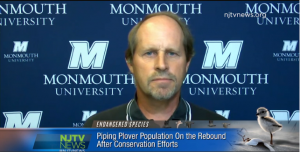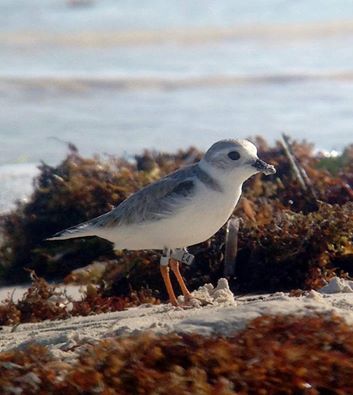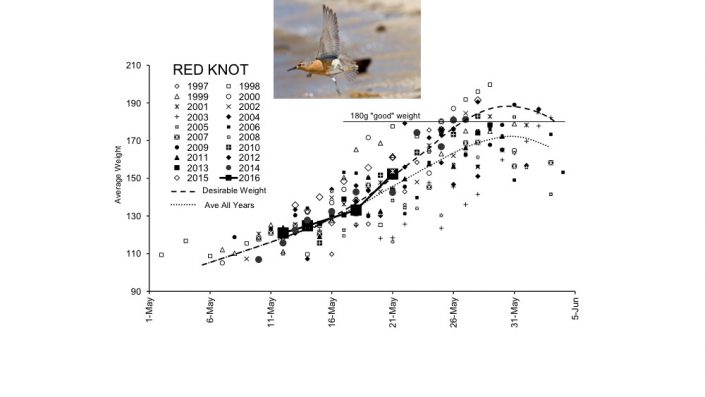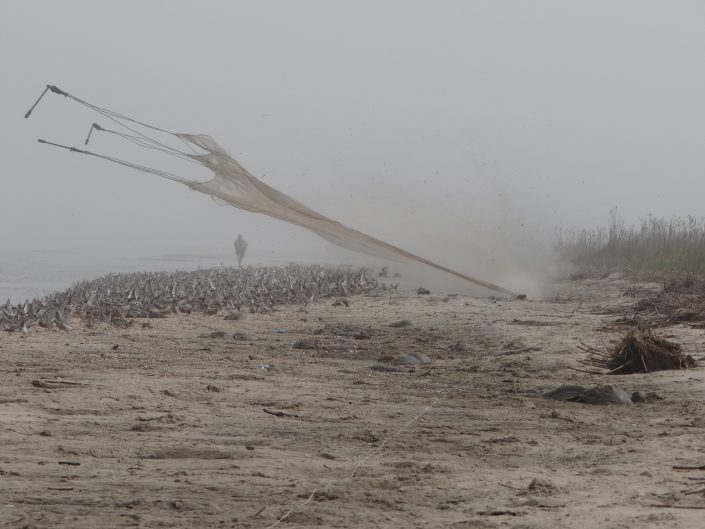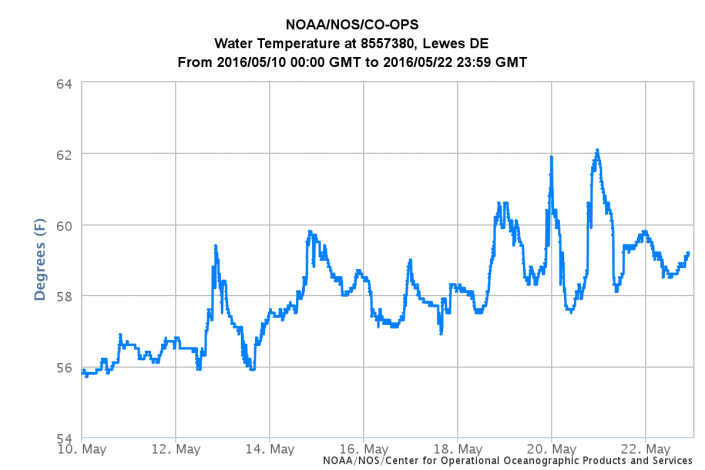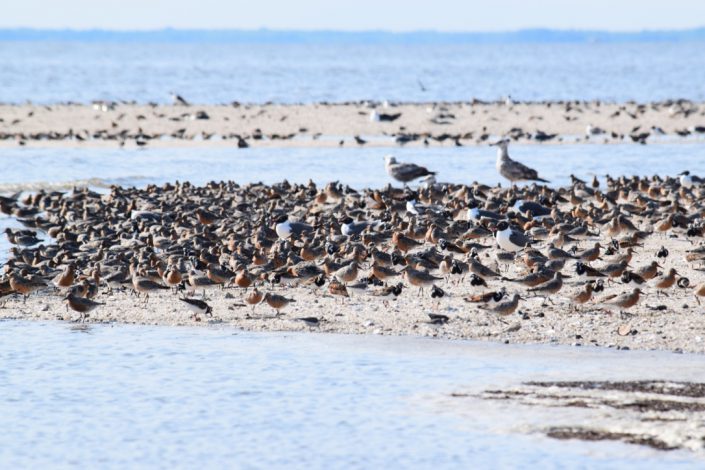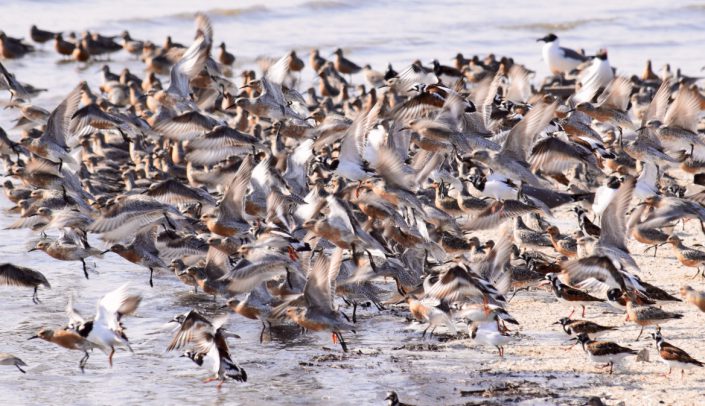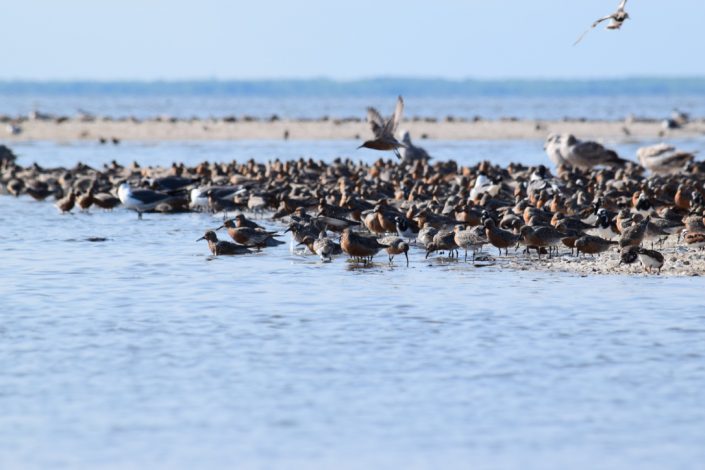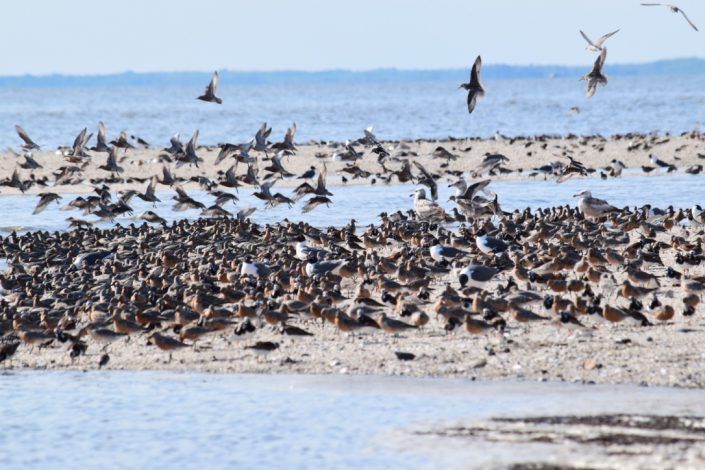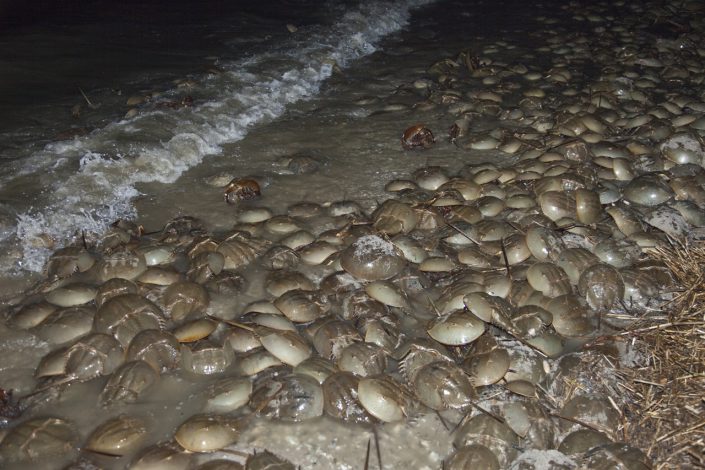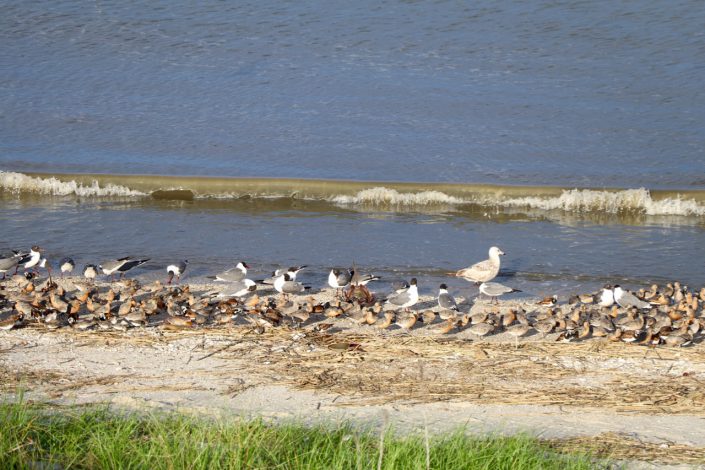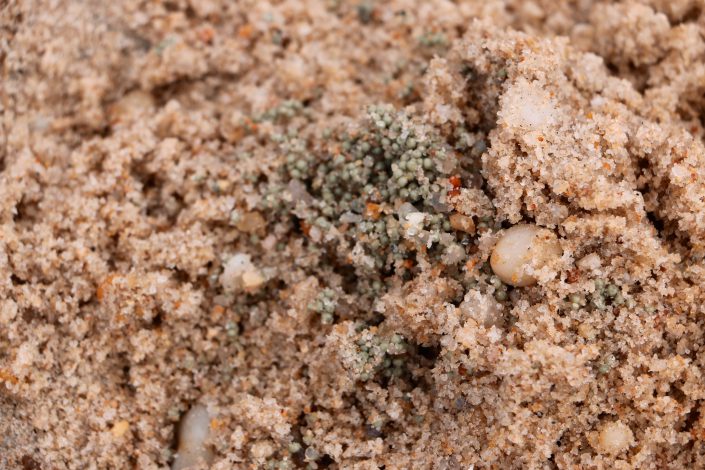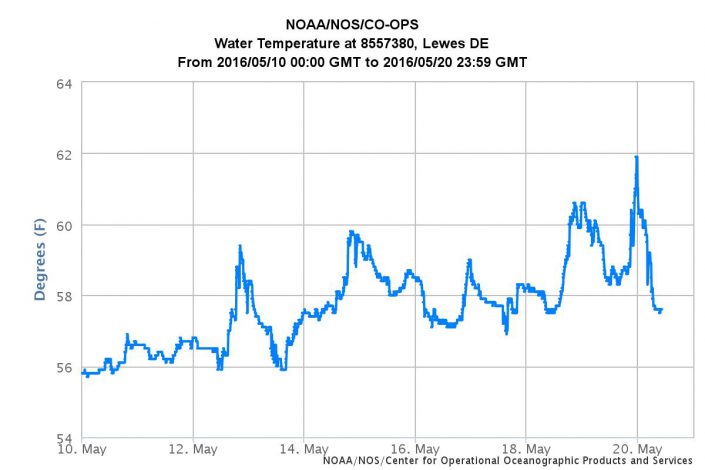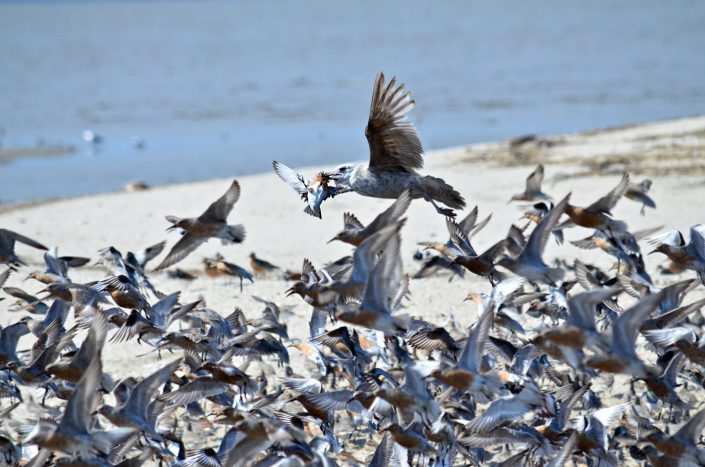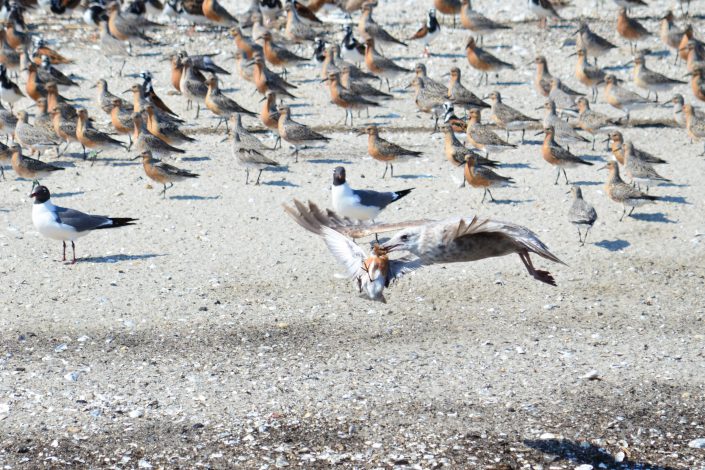Beachnester Buzz: A Day in the Life of a Beachnester
NEW, WEEKLY UPDATES FROM NEW JERSEY’S BEACH NESTING BIRD PROJECT TEAM
by Todd Pover, Beach Nesting Bird Project Manager
For this week’s installment, I thought it would be fun to have you tag along with me on a day in the field, so you can get a sampling of what goes into our beach nesting bird program. Let’s call it, “A Day in the Life of a Beachnester.”

Today it is an early 4 am rise to beat the beach crowds and heat, as we are banding black skimmers at our Belmar colony. This is the first time our program has banded skimmers – it is a collaborative effort with other organizations/agencies in both New York and New Jersey – we hope to find out more about their survival, longevity, and movement, both local and long distance. Everything goes well, we are able to corral and band about 35 chicks in less than an hour. This part of the day represents the science portion of the beach nesting bird project, science for the sake of study and a better understanding of our birds, but more importantly to gather information to help us manage and recover endangered species.
With no time to spare, it is now off to Leonardo along Sandy Hook Bay where CWF is hosting a summer wildlife experience for kids. No surprise, I am the guest today to teach the kids about beach nesting birds. I explain why piping plovers and American oystercatchers are at risk, and then give them a chance to use a high powered birding scope to try to read bands I have placed on decoy birds. We definitely have some budding biologists in the mix. Education is key to our project, unlike other endangered species that mostly live out of sight or reach, beachnesters spend the breeding season on the same beaches visited by millions of tourists and residents. If they are going to learn to “share the shore” with our endangered birds, outreach is essential.

Next up is a stop at Seven Presidents Oceanfront Park, one of our important nesting areas in Monmouth County. For most of the season we are erecting and adjusting fence to protect nesting areas, but today we are working with the park to reduce the fence, as many of our birds have successfully nested and started to leave the area. First we count and locate any remaining least terns – these surveys are the base of our project – we need this data to track population trends and seasonal productivity as metrics of progress towards recovery. Before we remove any fence at this site, we also conduct surveys of sea beach amaranth, an endangered plant that shares the beach with our nesting birds. We locate a few plants and that dictates how we readjust the fence, the plants need protection from trampling by beachgoers or vehicles used by the park to maintain their beach.
Coordination with municipalities or other land owners that host beach nesting birds is a critical part of our project, as their activities can impact nesting success as much as beachgoer’s recreational use of the beach. So there is one more stop today to assess whether a maintenance request can be granted in a way that won’t put birds at risk. That done, it is time to start the two hour drive back to our office in Cape May County. I am ready for a nap, but no luck, as the truck becomes a mobile office to take care of other unattended business (while someone else drives of course). There are calls with several other towns, check-ins with our seasonal staff members that are spread out all along the coast, and finally dealing with a broken down vehicle (not ours fortunately) and a person who refused to take their dog off a nesting site.
Back at the office, it is one last check of email, entering a little bit of the data we collected today, and finally time to head home. Every day is a little different, but this day has been a good cross-section of the range of things we do on the project. It is tempting to think we just pop up fence and signs and hope the birds do well, but protection and recovery of our endangered beach nesting birds requires a comprehensive strategy addressing all the factors that impact nesting success.
LEARN MORE
- Conserve Wildlife Foundation Beach Nesting Bird Project
- Conserve Wildlife Foundation Field Guide: Piping Plover
